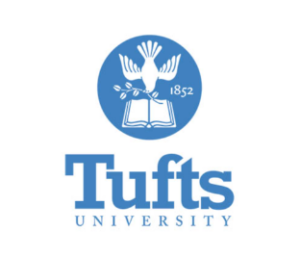STEM Graduate Training in Data Science: Solution-Oriented, Student-Led, Team-Based, Computationally-Enriched (SOLSTICE) Training
Data scientists should have strong technical and leadership skills and the ability to work in teams comprising different and complementary expertise. To meet this training need, Tufts University tested an innovative approach to project-based learning, teaching graduate students in data-intensive fields using real datasets to solve real-world problems. This solution-oriented, student-led, team-based, computationally-enriched (SOLSTICE) training environment offered multidisciplinary team role-play and experience in data analytics and scientific communication.
This project evaluated the effectiveness of the SOLSTICE approach in providing an adaptable method for instructors in a range of fields that use large datasets at diverse institution types. The SOLSTICE approach paves the way for students to enter the workforce with strong technical skills in data analytics and be effective members of research teams.
The project aimed answer two overarching research questions:
- To what extent does the SOLSTICE approach provide opportunities for students to achieve 21st-century data intensive knowledge, skills, and attitudes?
- Are there variations in students’ achievement over time, across different courses that use the SOLSTICE approach, and across different STEM disciplines?
The approach consisted of three components:
- 3D Role Play, in which each student plays the role of Team Lead, Collaborator, and Reviewer in three different interdisciplinary teams aiming to develop, execute and communicate a research project based on authentic secondary data analyses;
- Feedback on Feedback, which provides students with experience in giving and receiving effective critiques to their peers to strengthen inter-team communication; and
- Data Analysis Roadmap, which offers knowledge-building guides and examples of key elements for efficient data analysis plans and other documents needed for effective communication of results.
The approach was tested and evaluated in six data-intensive courses in the Friedman School of Nutrition and in the School of Engineering, with approximately 270 participants monitored before, during, and for at least six months after participation in a SOLSTICE-based course.
Educational resources will be developed based on successful components to guide replications of the training process, to train faculty in the SOLSTICE approach, and to disseminate it to other STEM fields.

